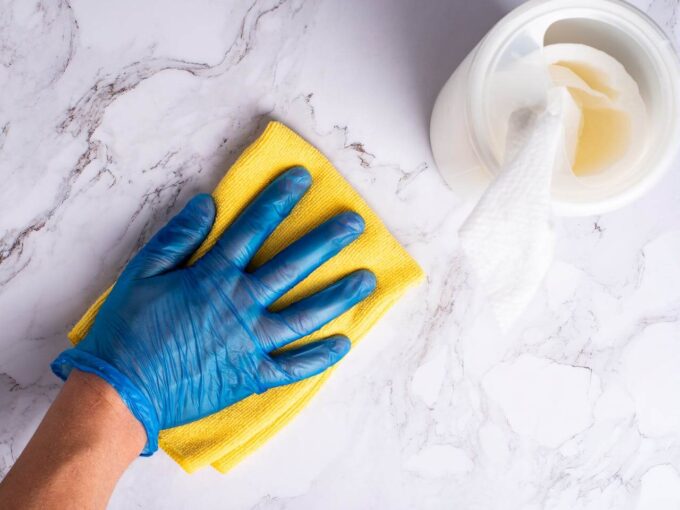
The transformation of plush, luxurious towels into stiff, cardboard-like rectangles after several wash cycles is a common household frustration. This deterioration stems from multiple factors: accumulated laundry products, mineral deposits, and suboptimal drying methods. Fortunately, restoring and maintaining that coveted softness requires simple adjustments to your laundering approach.
The Science Behind Towel Stiffening
Laundry Product Accumulation
Excess detergent particles become trapped within towel fibers, creating a rigid texture once dry.
Solution: Reduce detergent quantities to below manufacturer recommendations and implement an additional rinse phase in your washing cycle.
Mineral Content in Water Supply
Regions with elevated calcium and magnesium levels in water sources experience mineral embedding in fabric fibers, resulting in a coarse feel.
Solution: Incorporate a half-cup measure of distilled white vinegar during the rinse phase to dissolve and remove mineral deposits.
Thermal Fiber Damage
Excessive heat exposure compromises the structural integrity of towel fibers, resulting in permanent texture degradation.
Solution: Utilize lower temperature settings when machine drying or implement a hybrid approach—begin with air-drying and complete with brief machine drying.

The Fabric Softener Dilemma
Commercial fabric softeners present a contradictory proposition for towel care. While they create an initial impression of softness, they ultimately compromise the towel’s primary function.
Potential Benefits:
- Introduces pleasant aromatic qualities
- Provides momentary tactile improvement
Significant Drawbacks:
- Creates a hydrophobic barrier that reduces moisture absorption
- Forms progressive residue layers that create an unpleasant texture
Superior Alternative: Distilled white vinegar functions as a natural fabric conditioner without compromising absorbency. Add a half-cup during the rinse cycle for optimal results.
Water Temperature Considerations
The washing temperature significantly influences both towel longevity and texture maintenance:
- High Temperature (55°C/130°F): Provides thorough sanitization but accelerates fiber deterioration
- Moderate Temperature (30-40°C/90-110°F): Offers ideal balance between cleansing efficiency and fiber preservation
- Low Temperature (15°C/60°F): Minimizes fiber stress but may result in incomplete detergent removal
Optimal Approach: Utilize moderate temperatures for regular maintenance with occasional high-temperature cycles for deep cleansing.
Strategic Drying Methodologies
Machine Drying Protocol
- Select modest temperature settings to preserve fiber integrity
- Introduce silicone or wool dryer spheres to create mechanical fluffing action during the drying cycle
Air Drying Techniques
- Utilize outdoor spaces for natural ultraviolet exposure and fresh air circulation
- Vigorously shake towels before hanging to prevent fiber compression
Load Distribution Importance
Overcrowding washing machines or dryers prevents thorough rinsing and consistent drying, resulting in varied texture and residue retention.

Revitalization Treatment for Compromised Towels
This two-step regeneration process effectively restores softness to previously stiffened towels:
Implementation Process:
- Initial Treatment: Process towels with one cup of white vinegar without any additional products
- Secondary Treatment: Follow with a separate cycle utilizing a half-cup of sodium bicarbonate
- Controlled Drying: Complete with gentle heat drying alongside tumbling aids
Efficacy Explanation: The acidic properties of vinegar dissolve accumulated residues while sodium bicarbonate neutralizes remaining compounds and restores fiber flexibility.
Implementation Summary
Maintaining perpetually soft, hotel-quality towels requires minimal adjustment to standard laundering practices. Reduce detergent quantities, substitute commercial softeners with vinegar, select appropriate water temperatures, and implement proper drying techniques. These straightforward modifications yield significant improvements in towel texture, absorbency, and longevity—preserving their luxurious quality throughout numerous washing cycles.
Latest Posts
How to Make Homemade Disinfectant Wipes
Truth be told—sanitizing wipes have transformed into a modern household necessity. However,...
3 Mins readThe Best Way to Store Fruits and Vegetables to Keep Them Fresh Longer
Food preservation isn’t just a skill—it’s a strategic mission to rescue your...
1 Mins readHow to Keep Your Patio Furniture Looking New
Outdoor furniture isn’t just decor—it’s an investment in your personal retreat. Every...
1 Mins readHow to Choose the Best Area Rug for Your Home
Imagine a single element that can instantly reshape your living environment—welcome to...
1 Mins read











